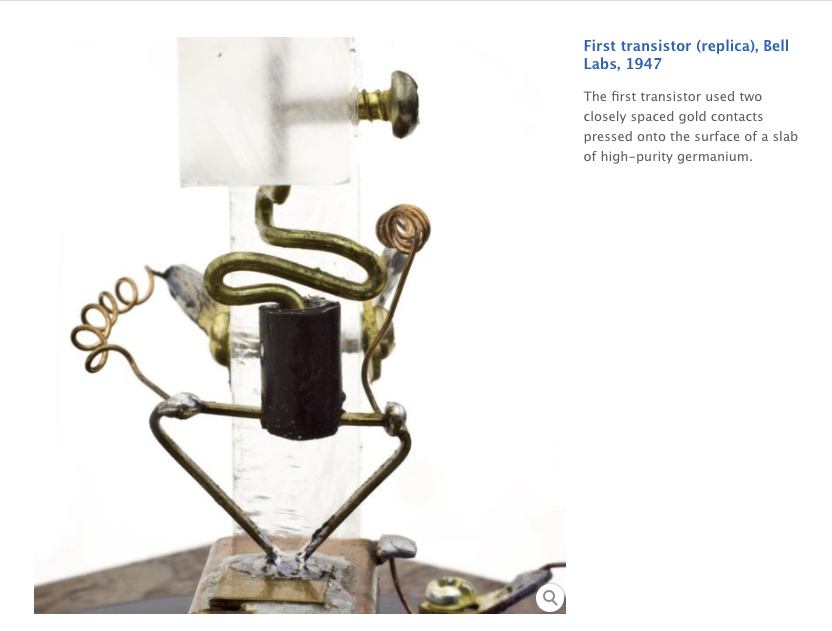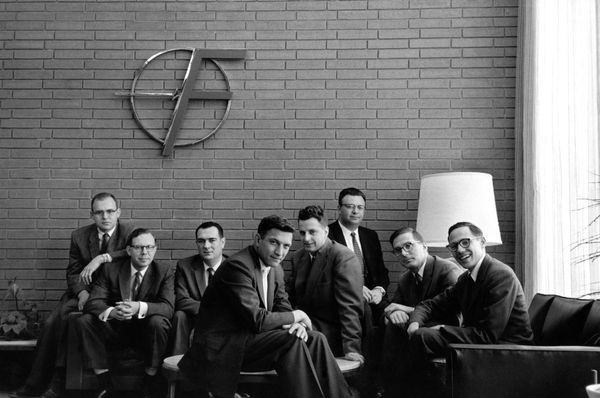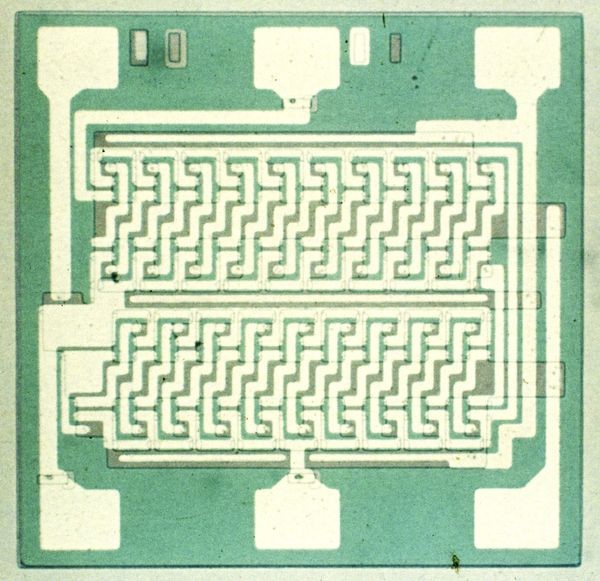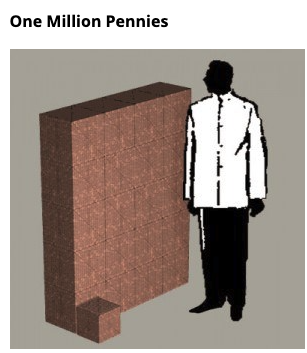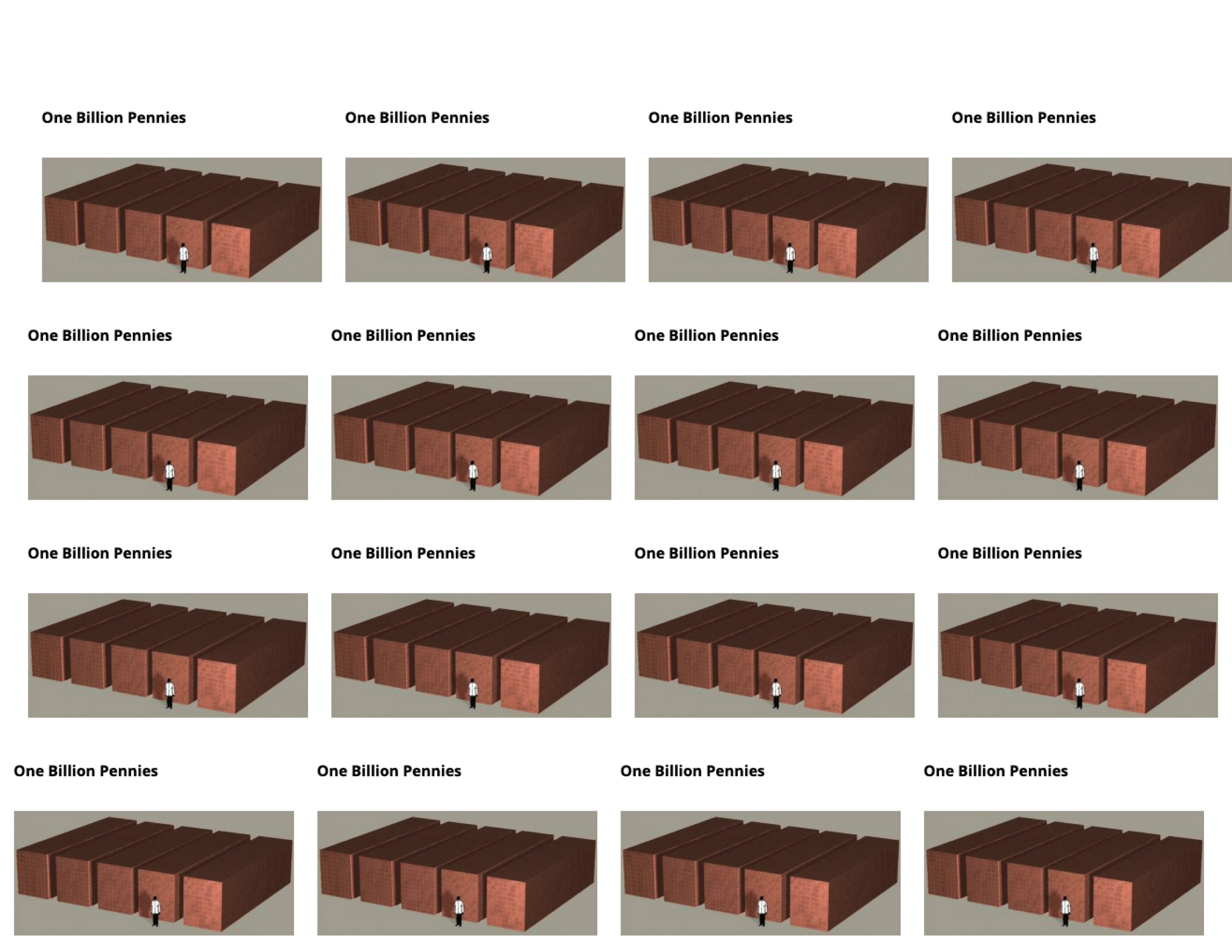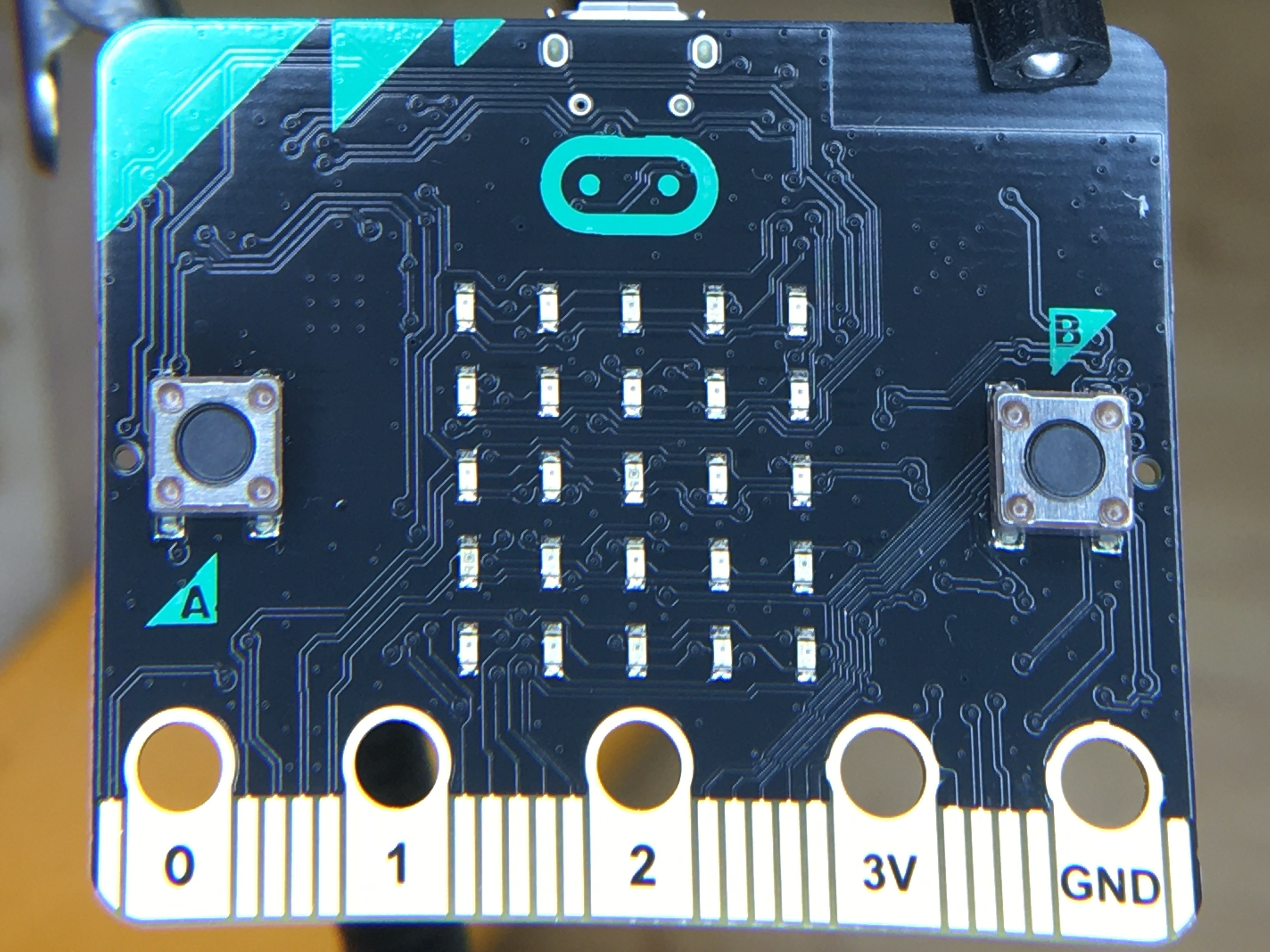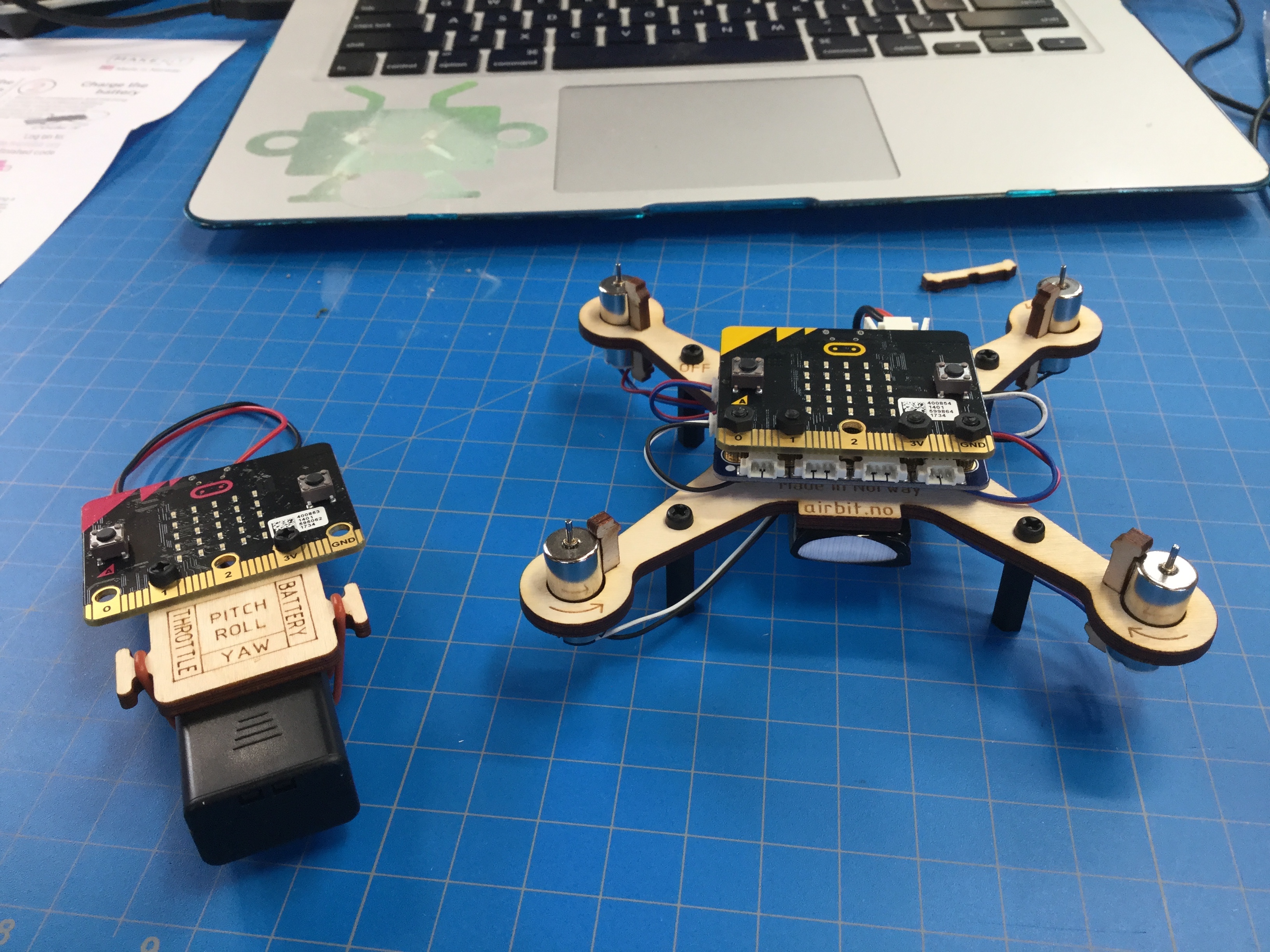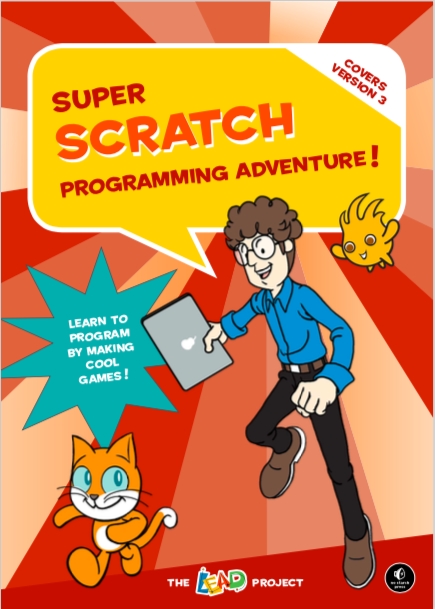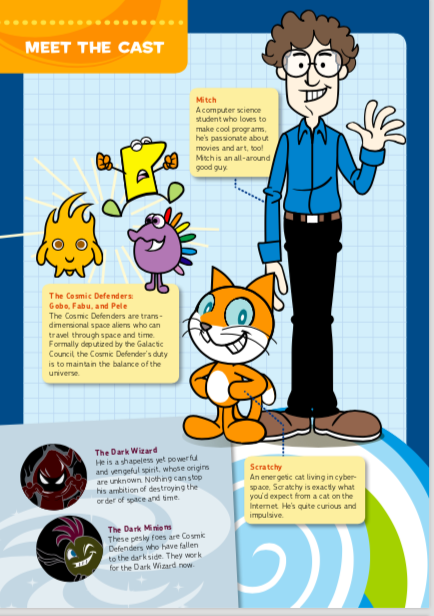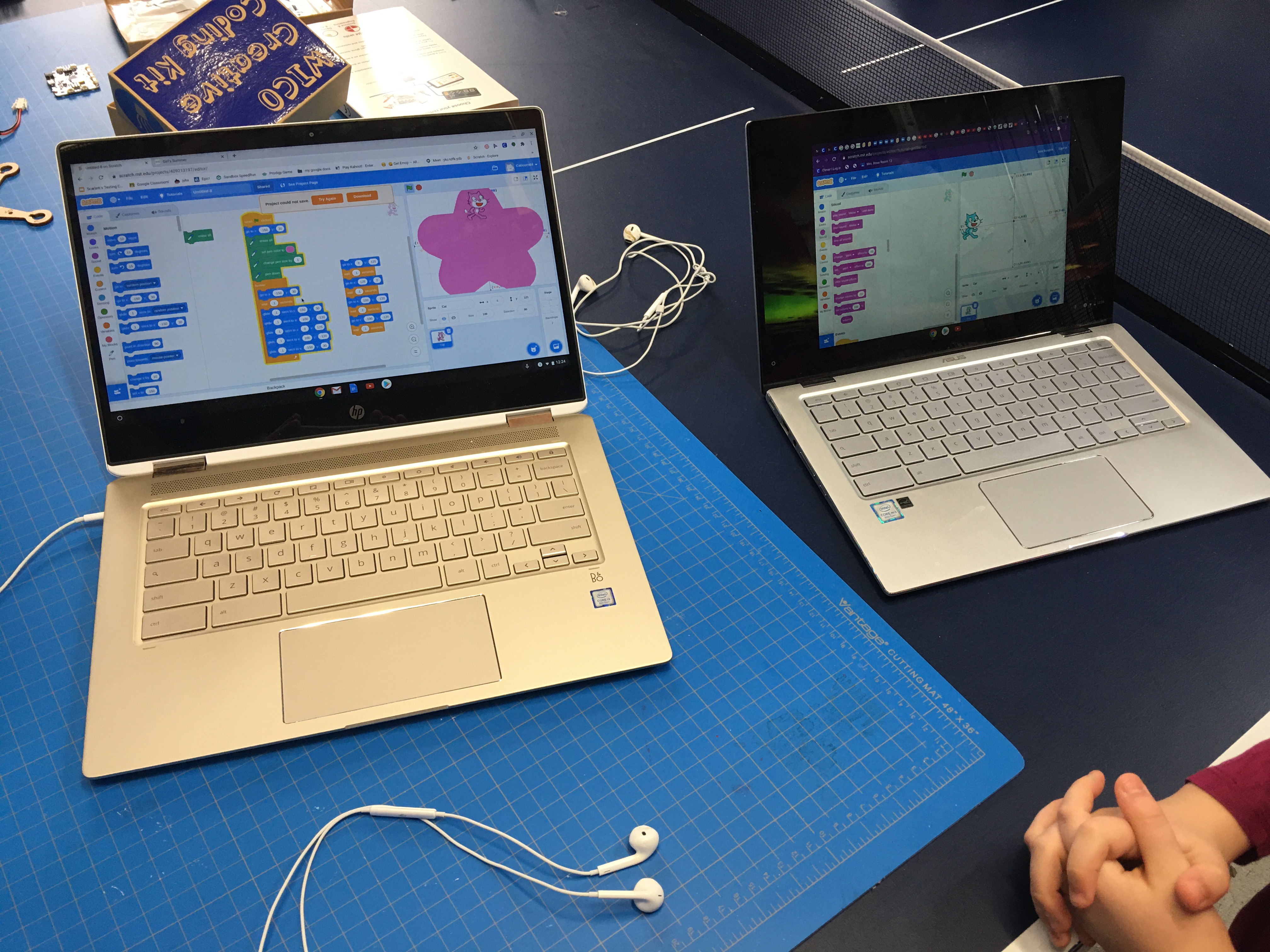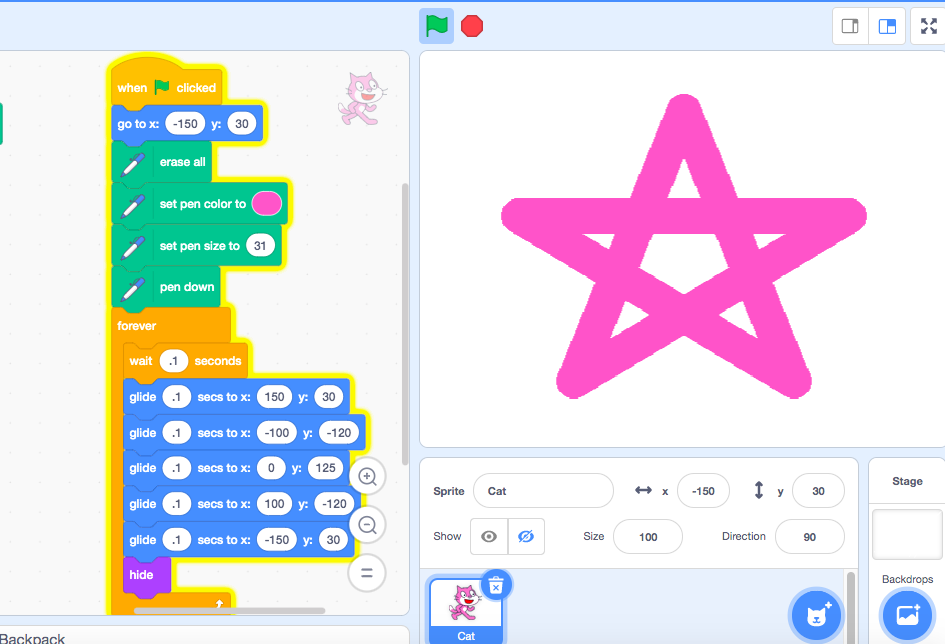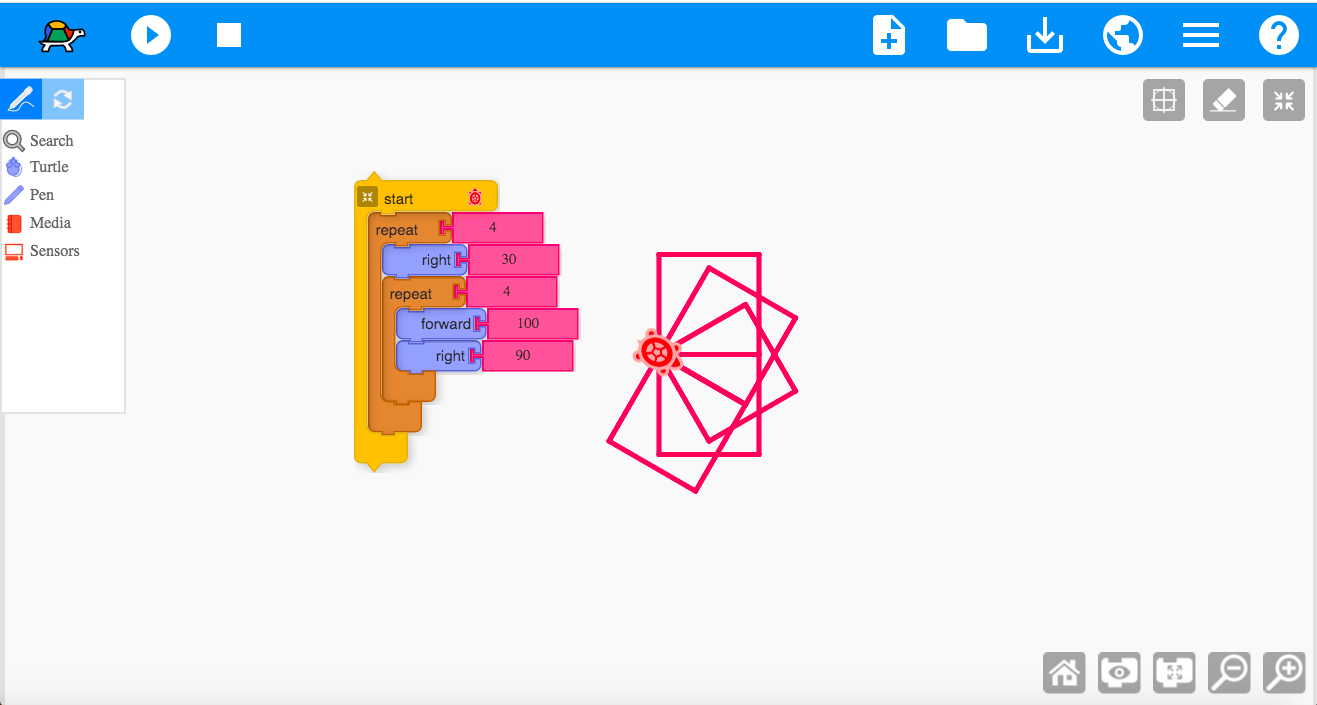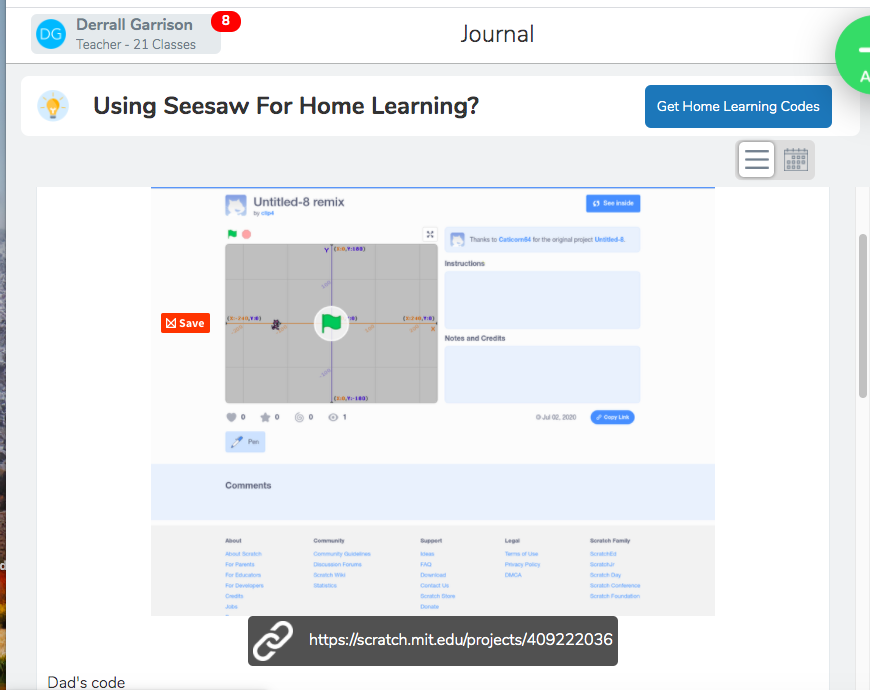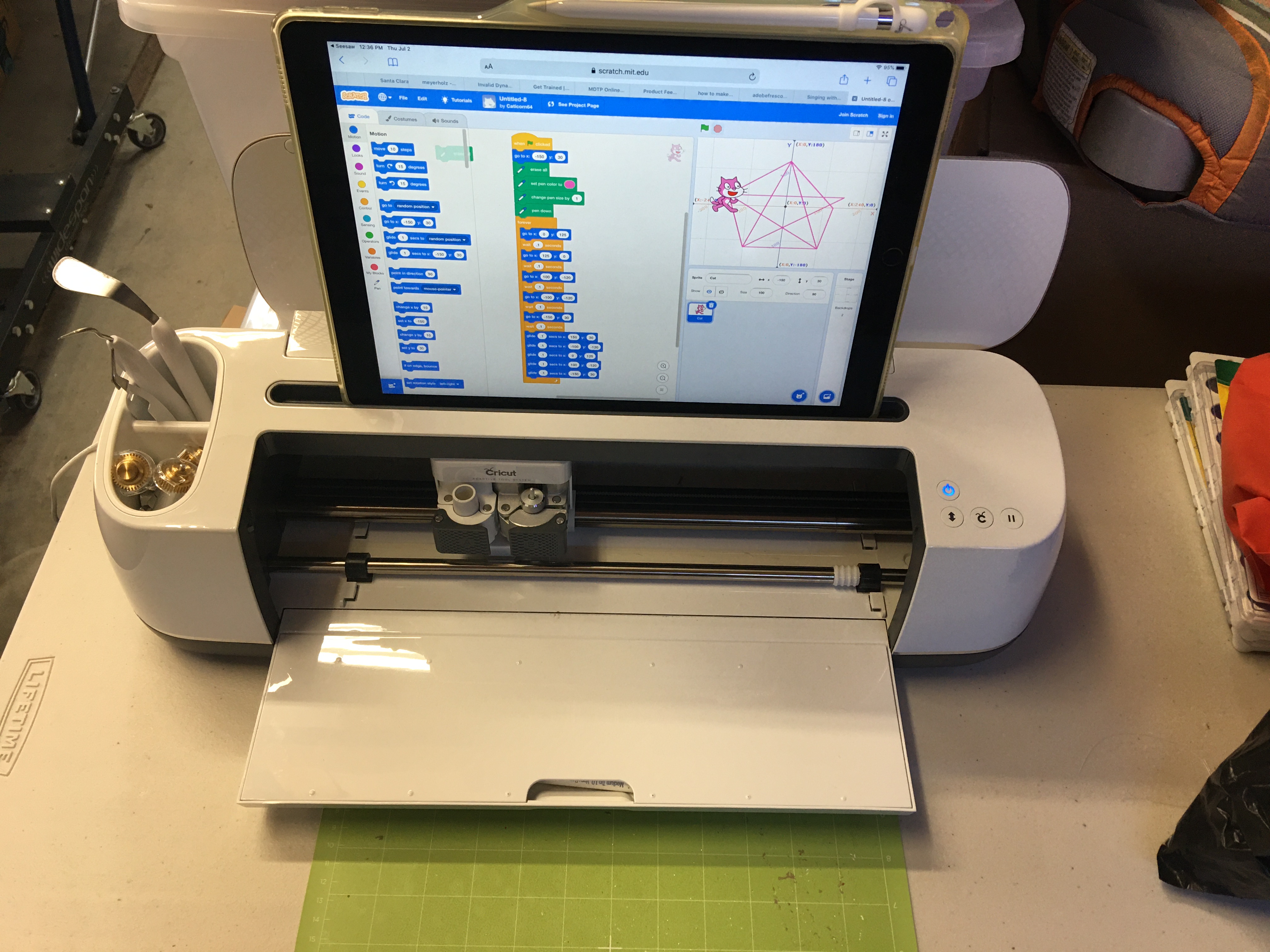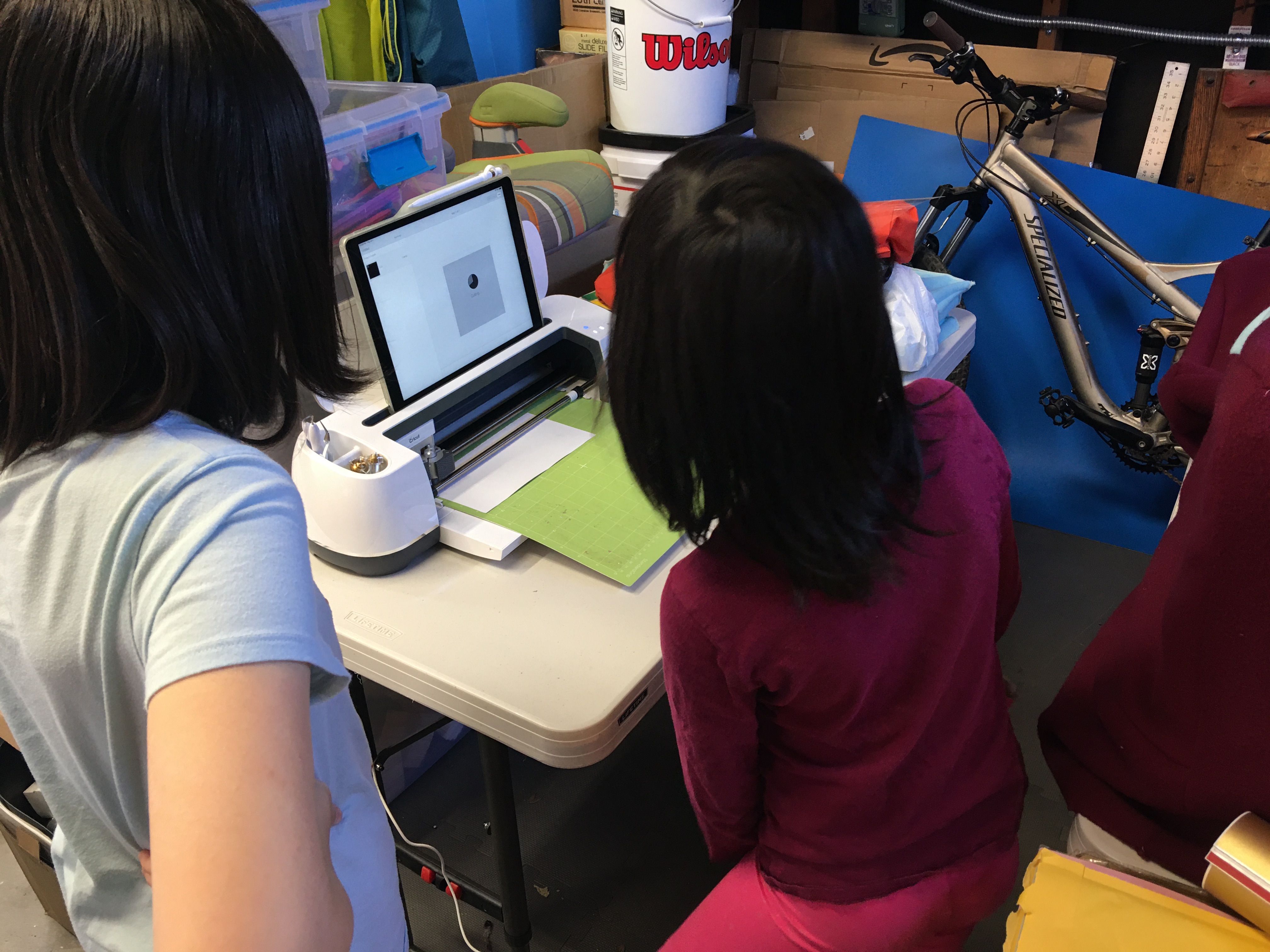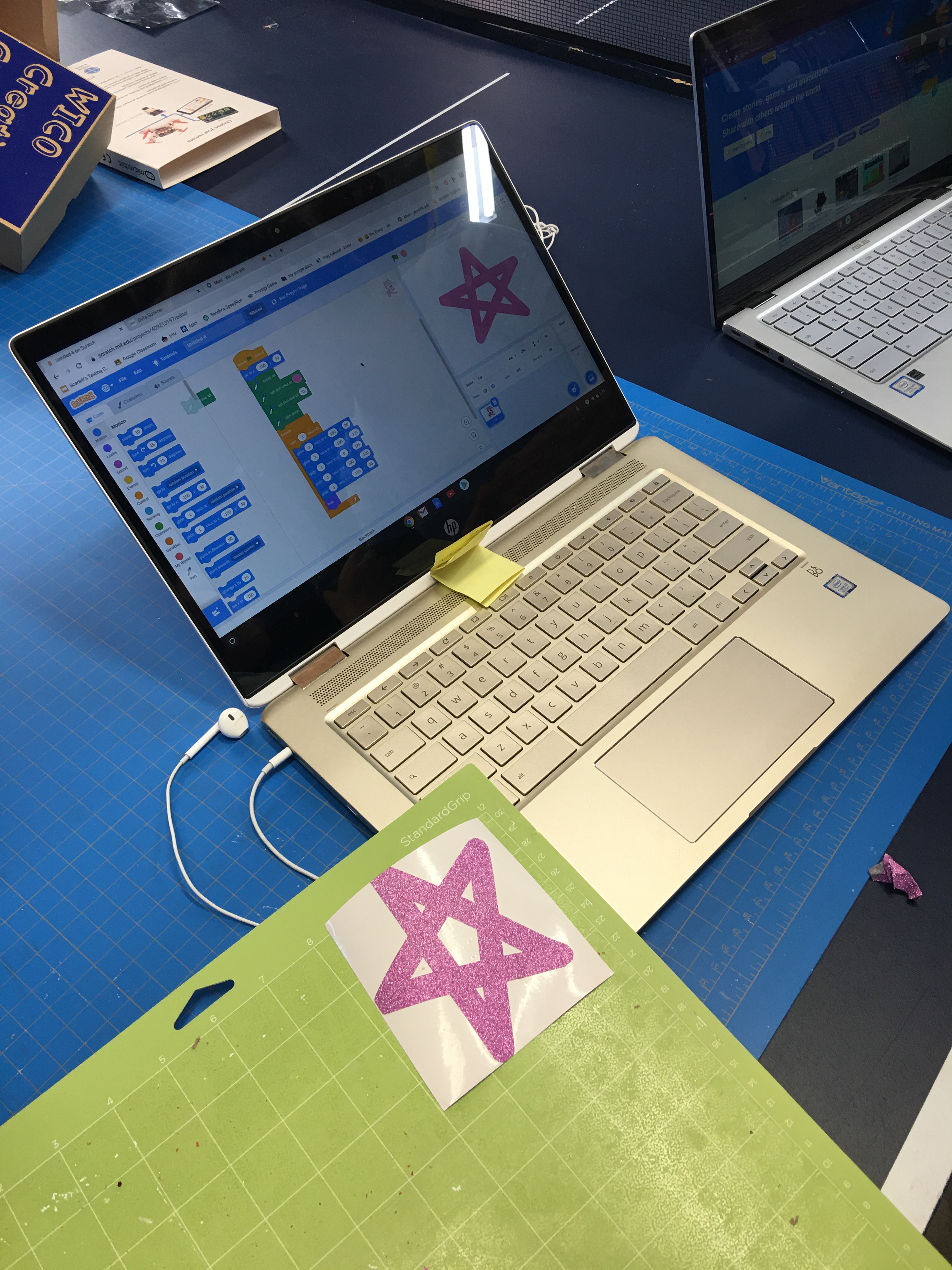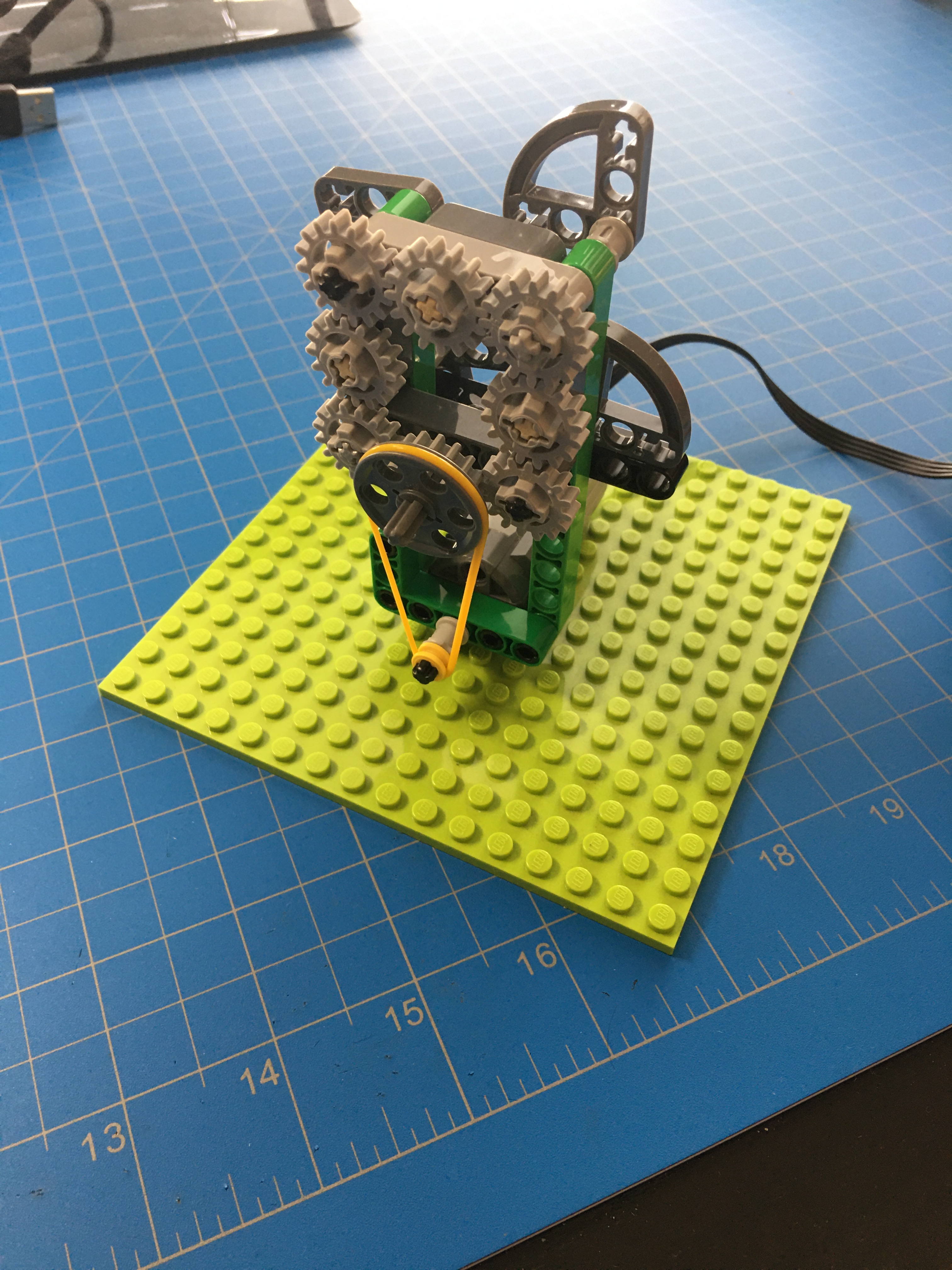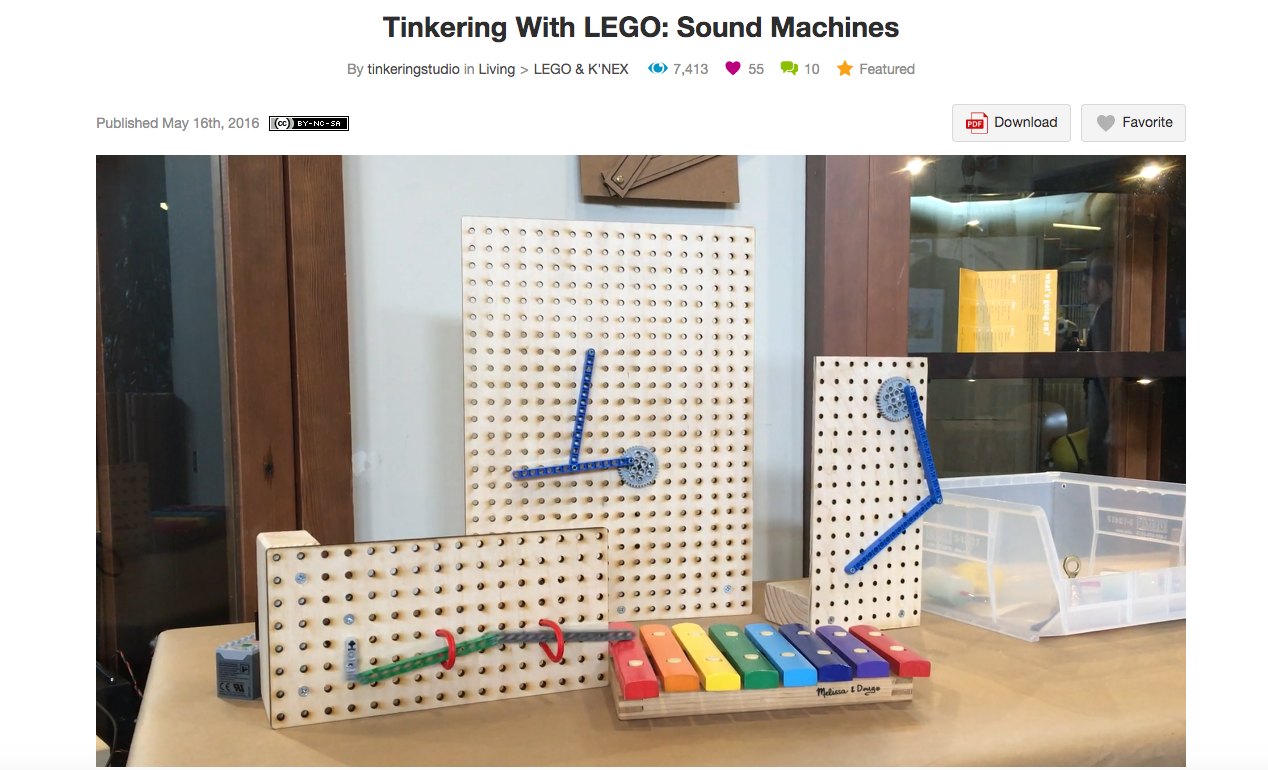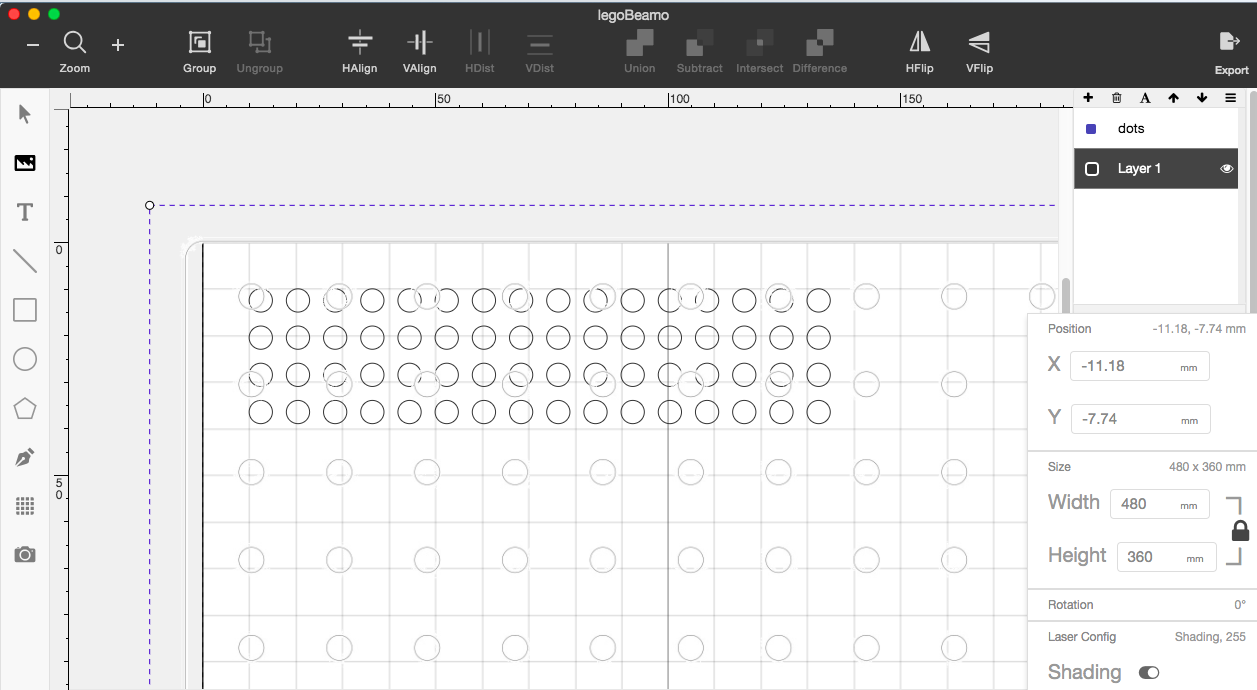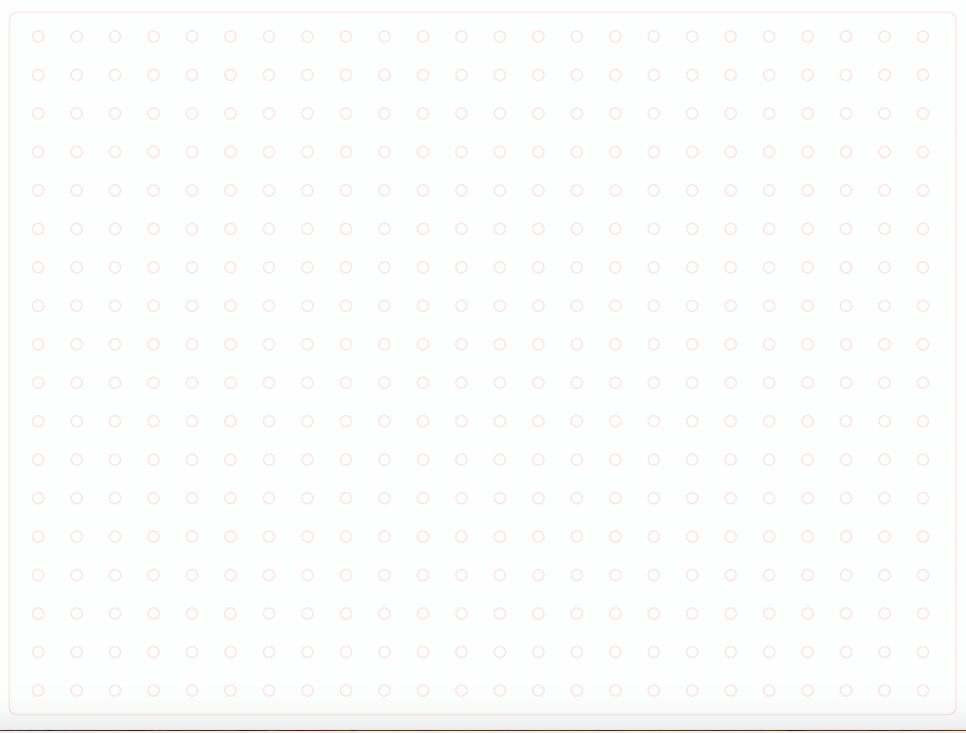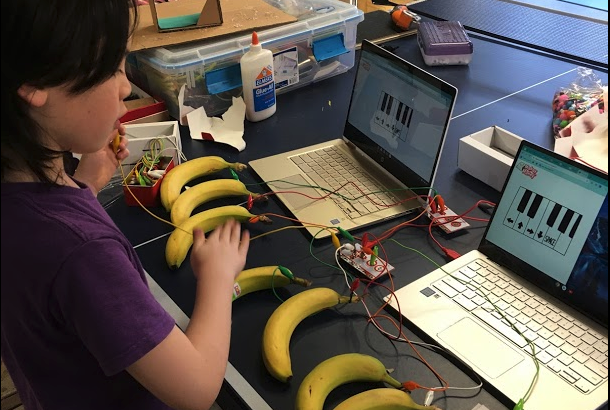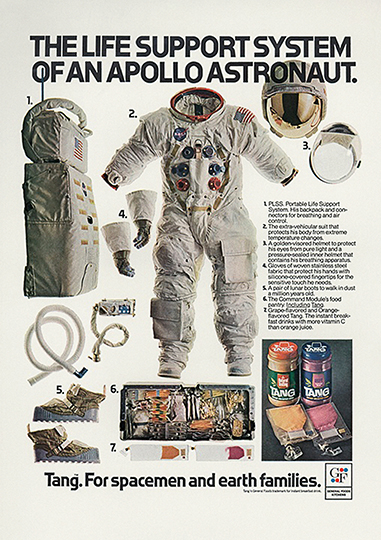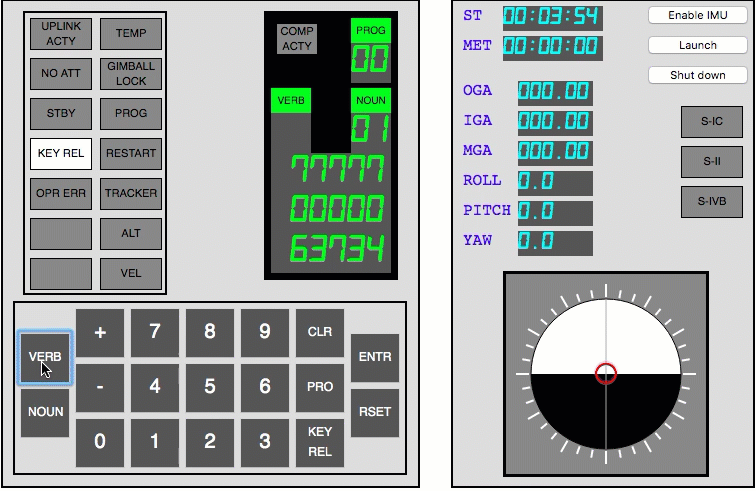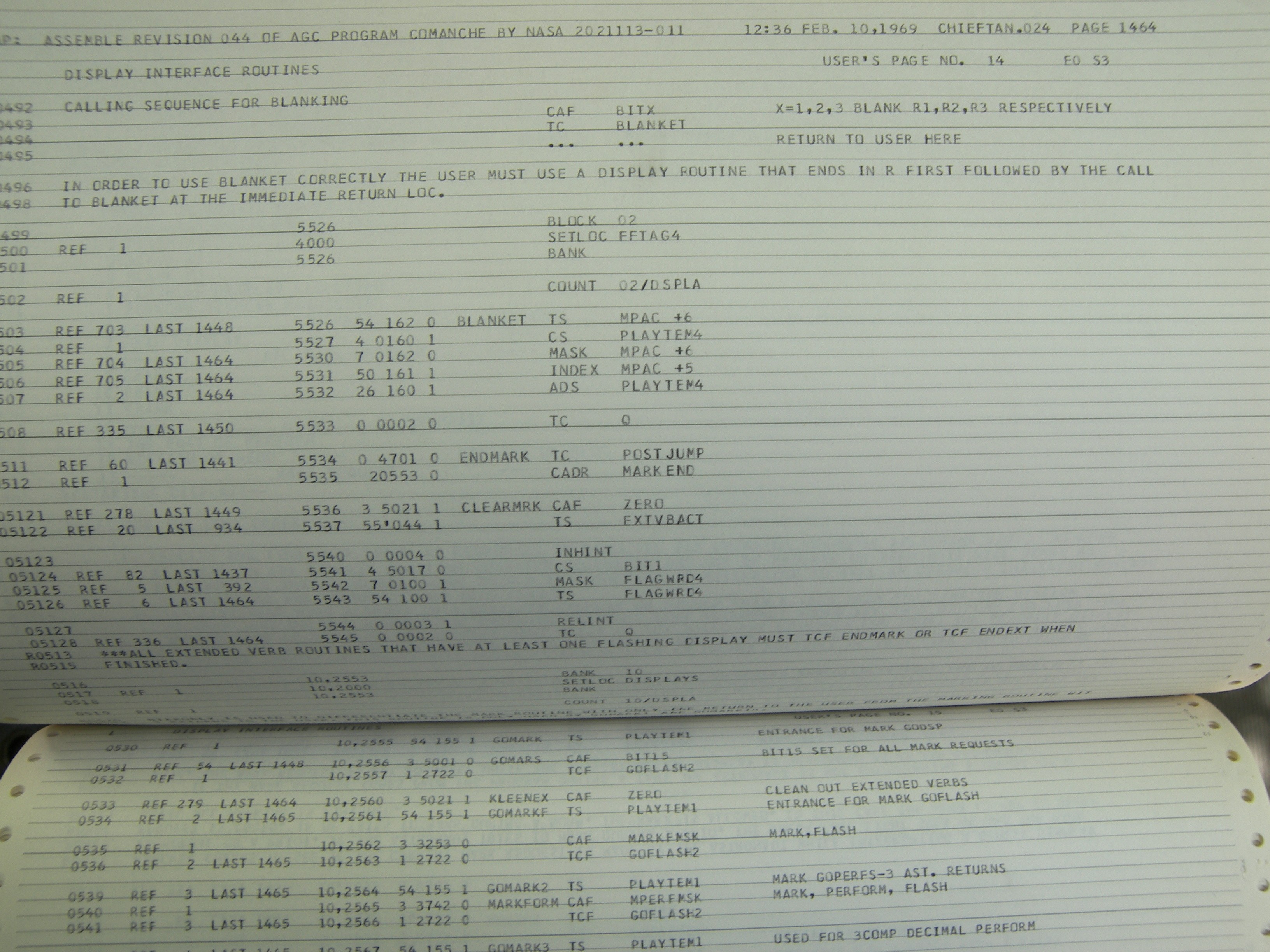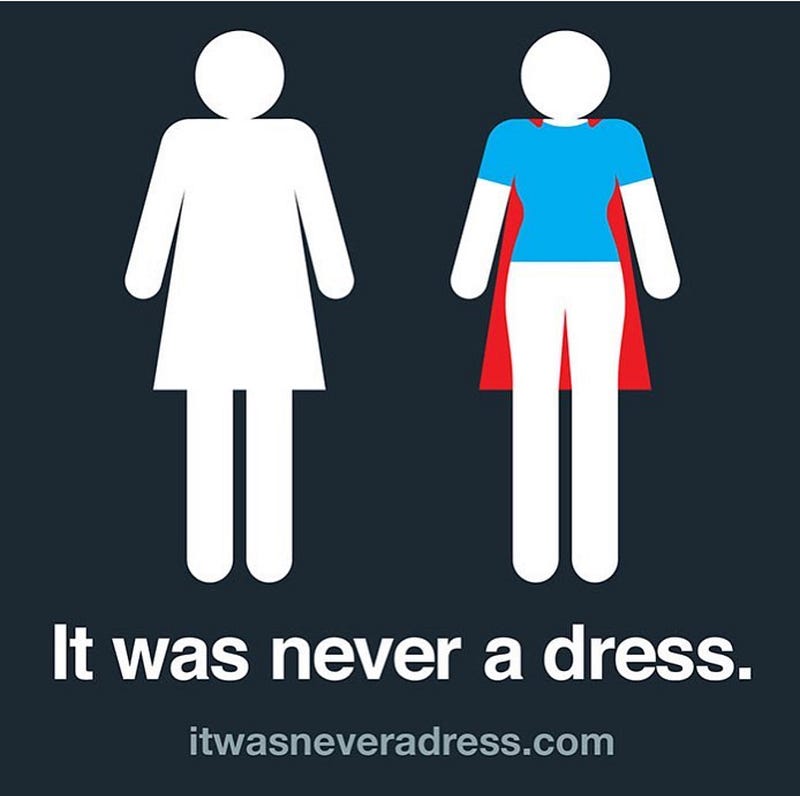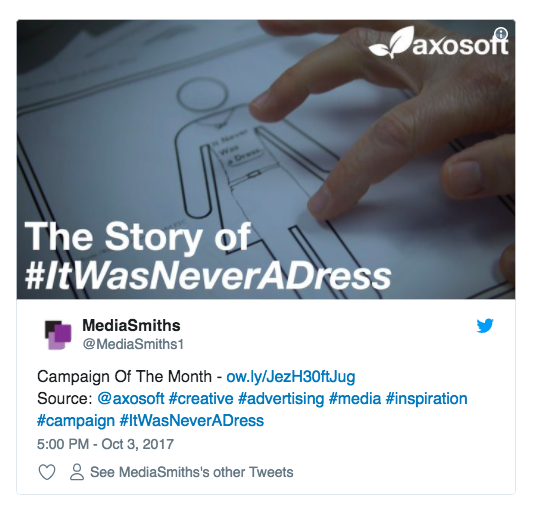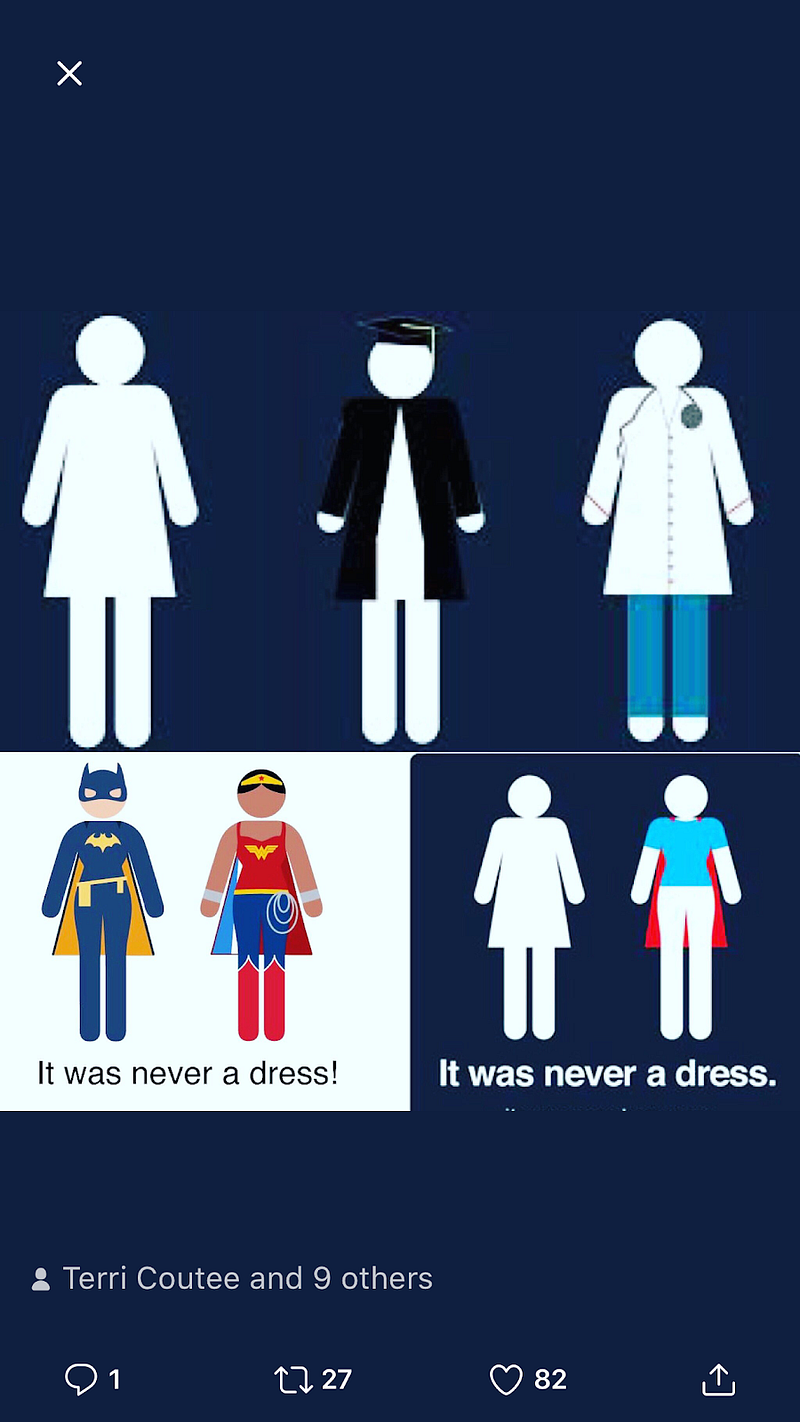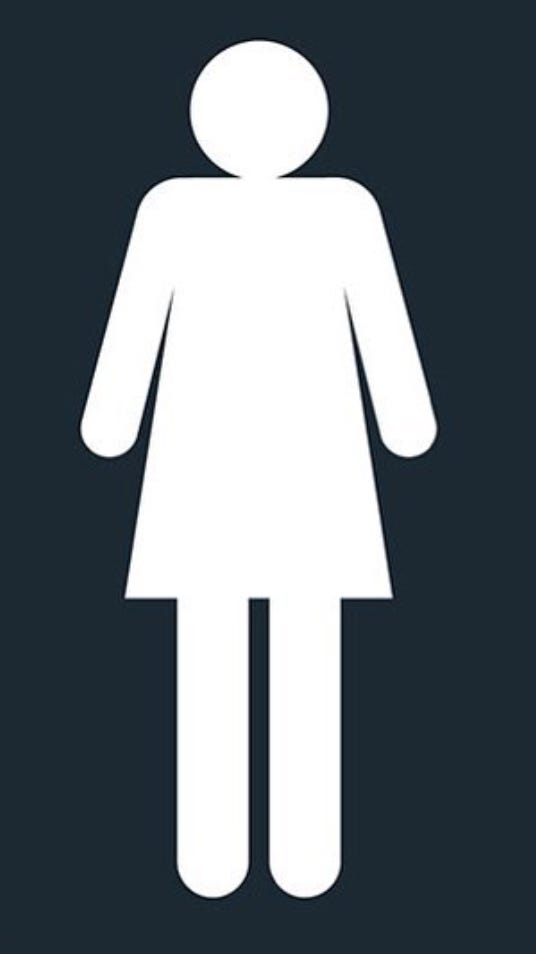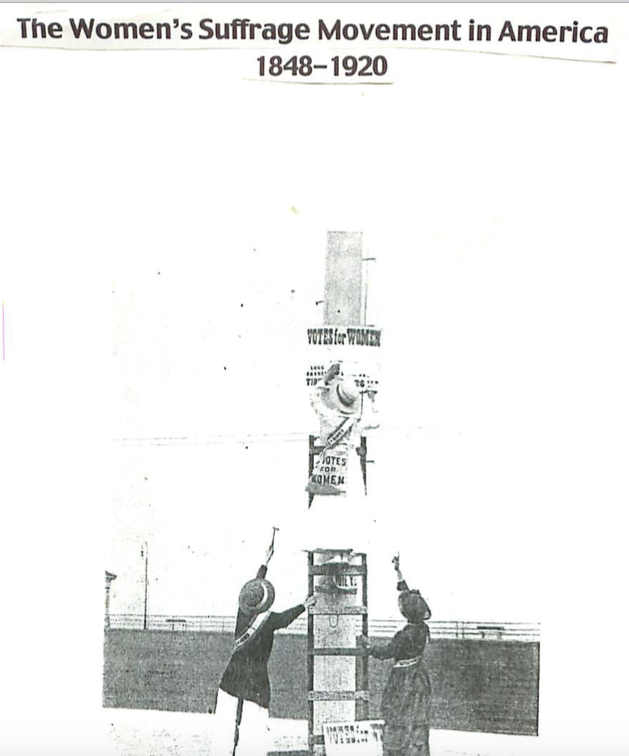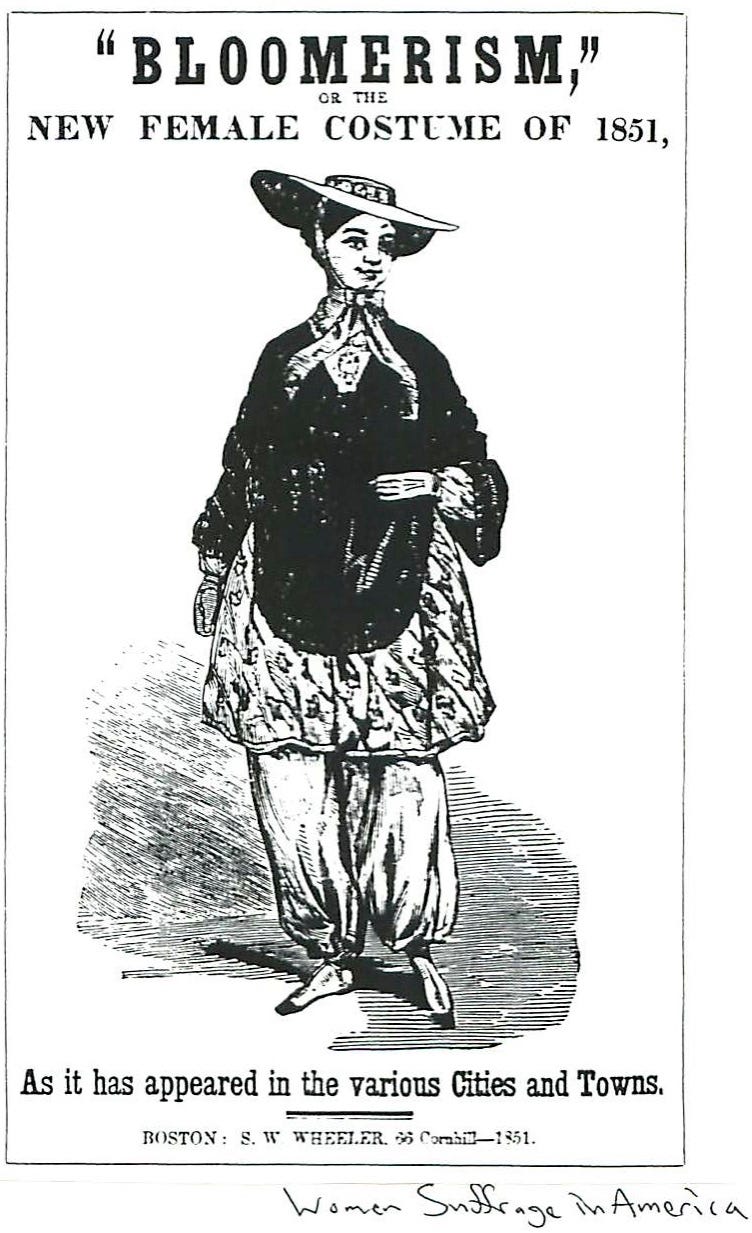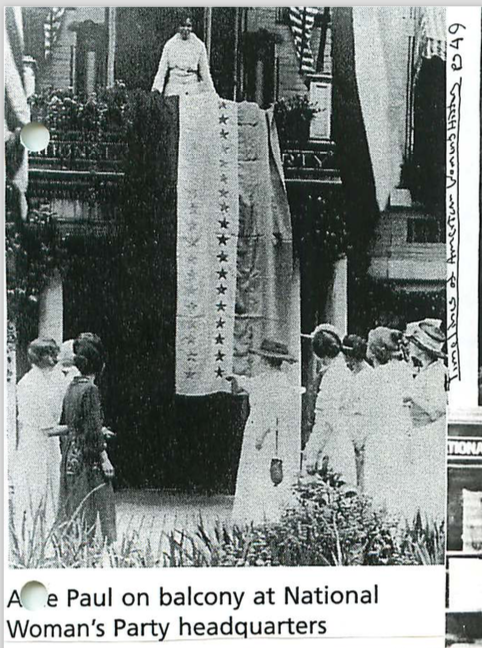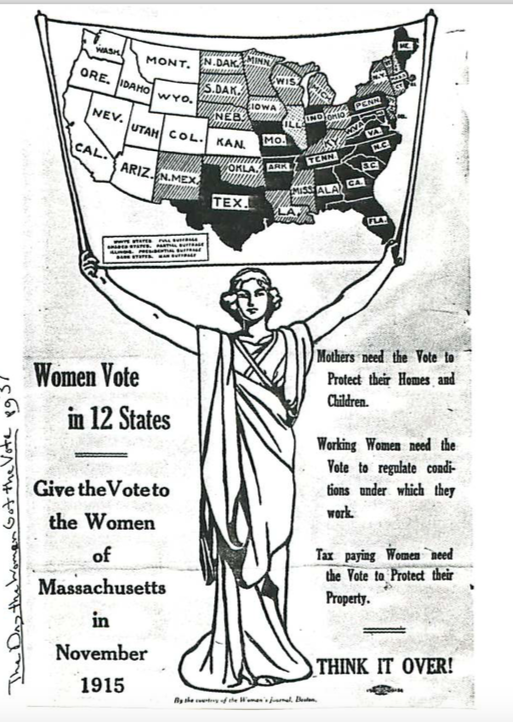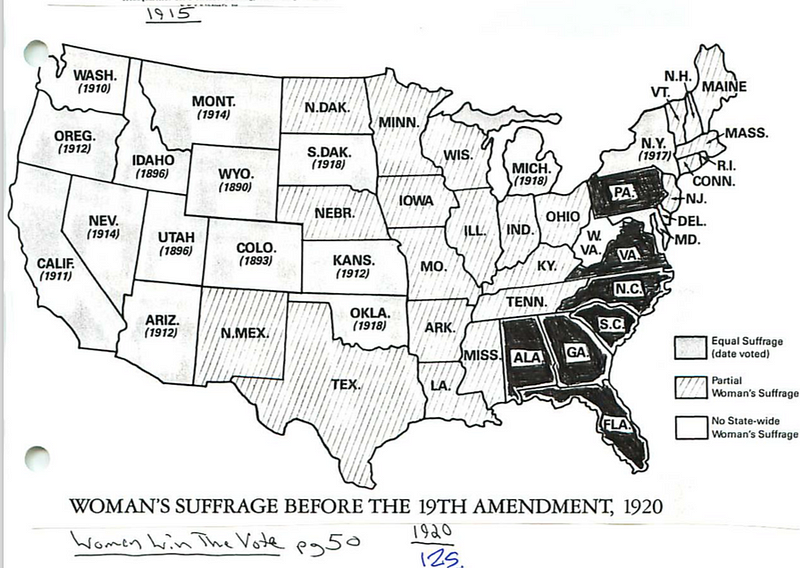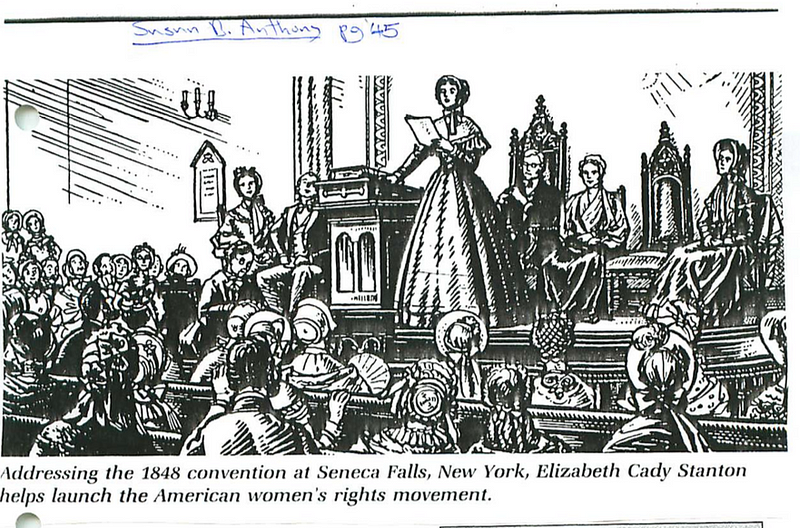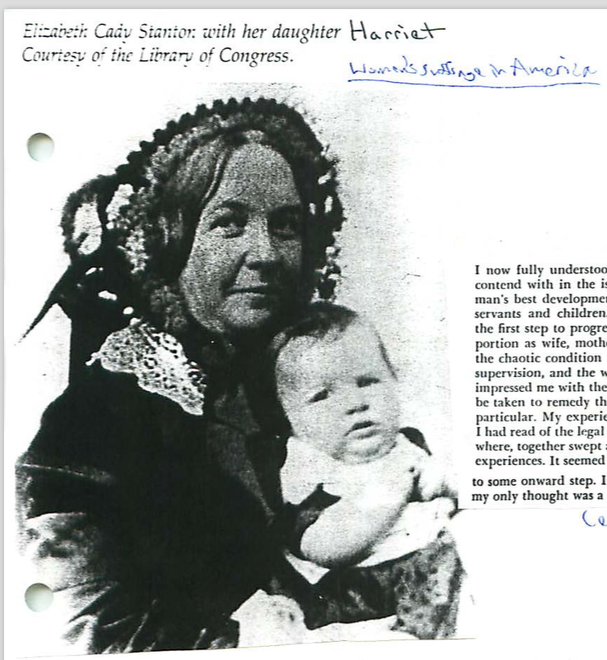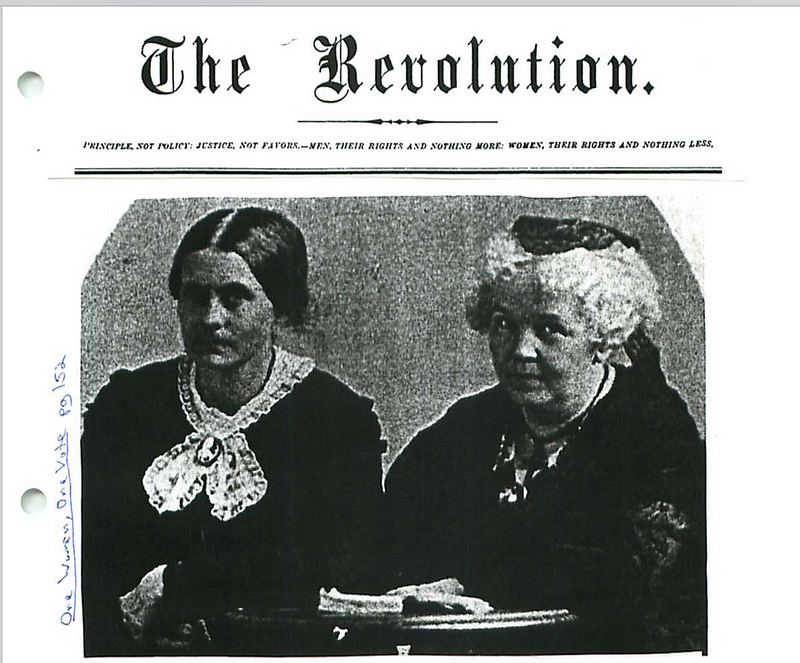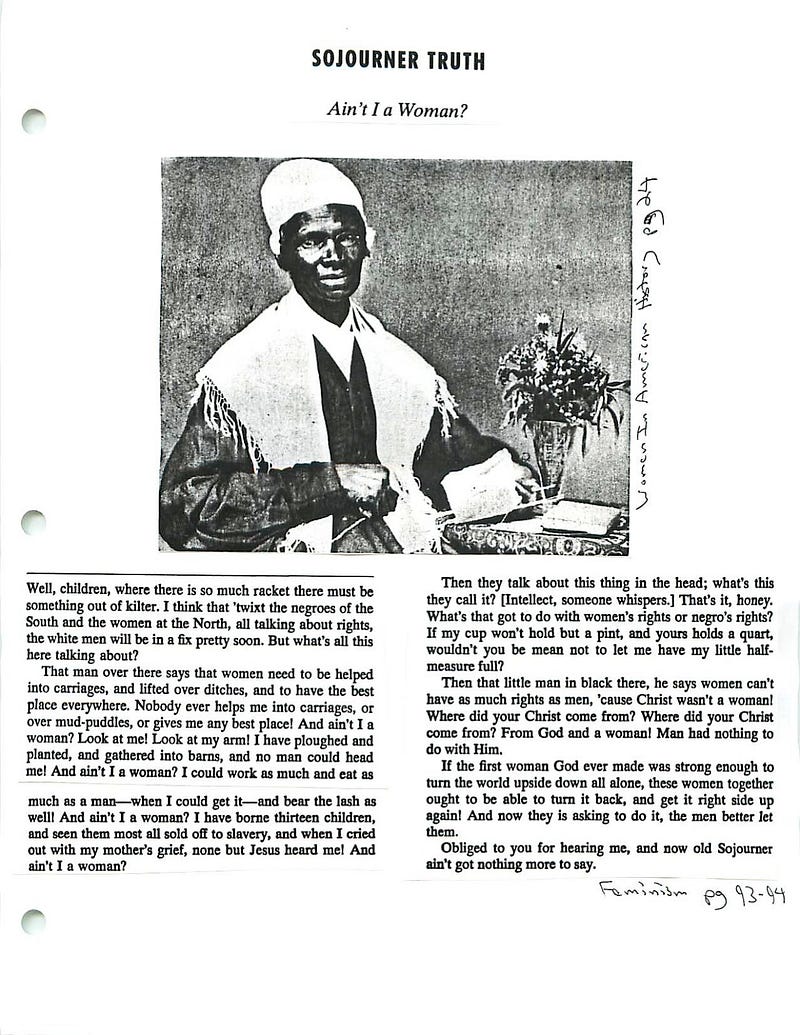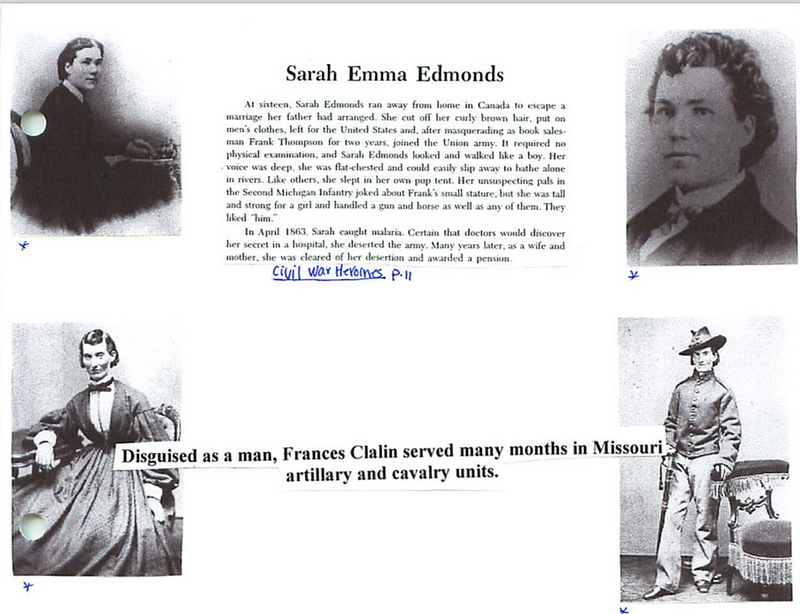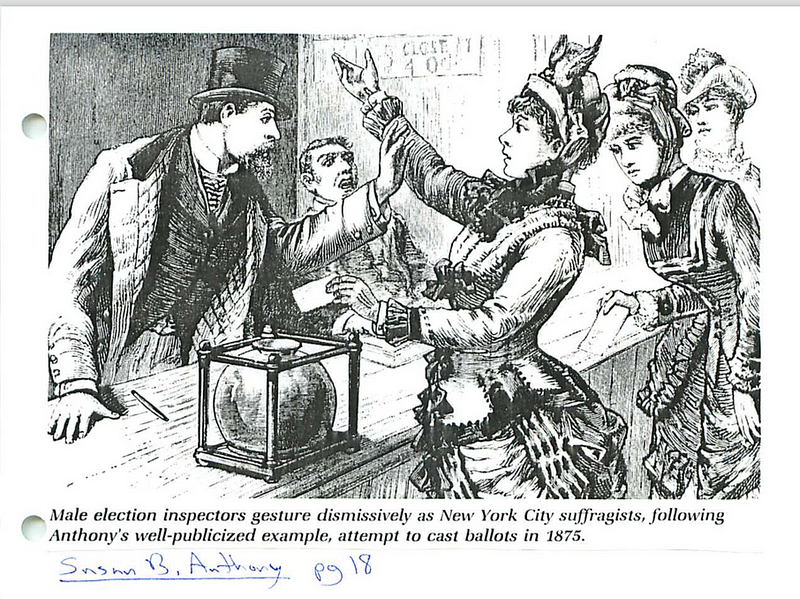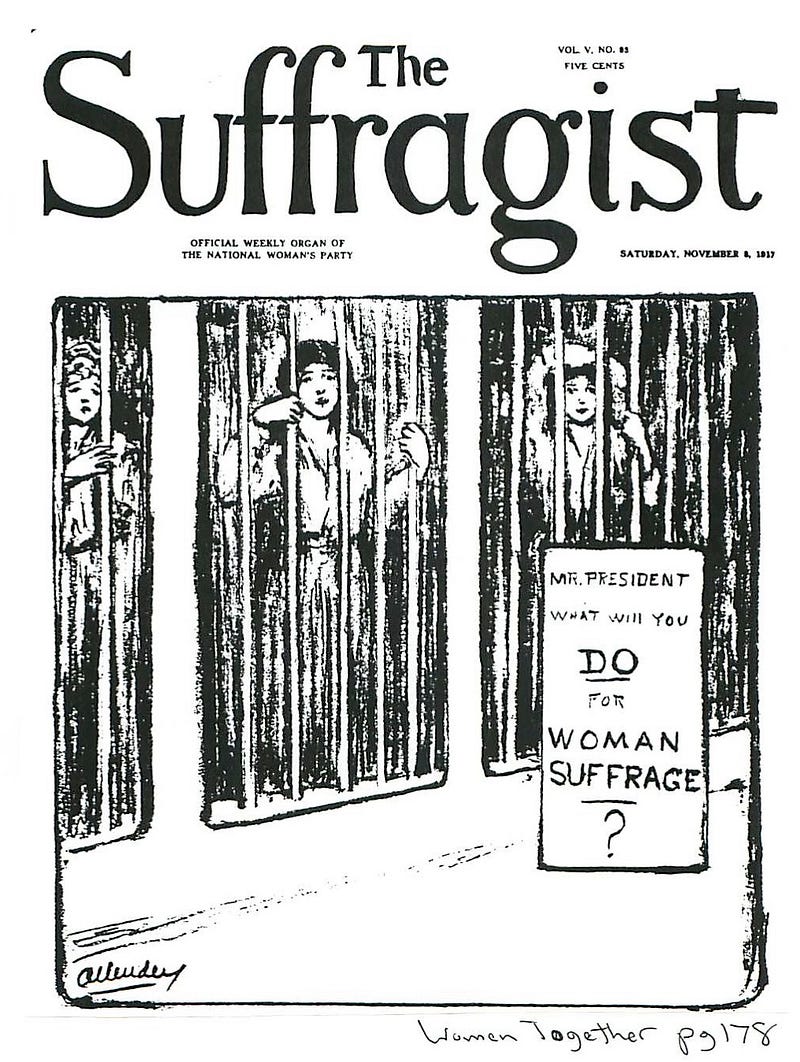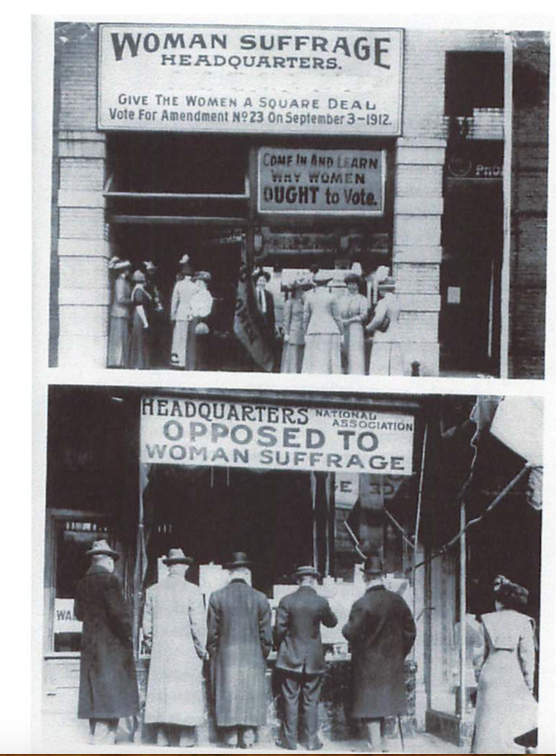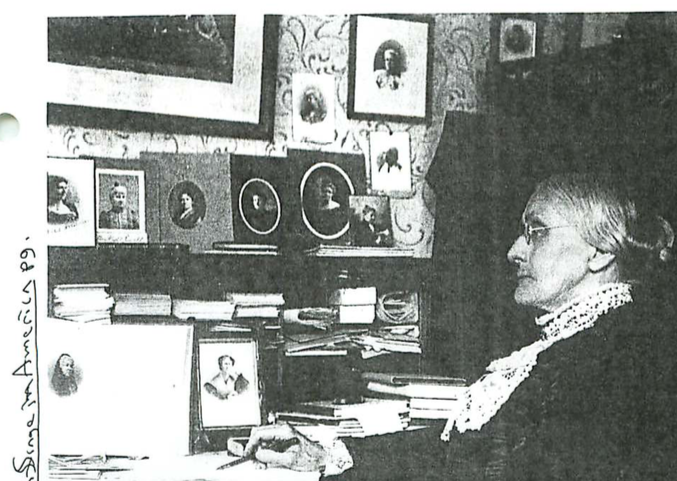
Why is innovation in education so crucial today?
I had to promise myself as I wrote this post that I wasn’t going to have a negative outcome or perspective. I’m sure other teachers in #IMMOOC are thankful for these online opportunities to share their thoughts and be inspired. I’m also sure I’m like others, who still see a minority of the teachers in their district participating outside them in such an online forum or who would use words such as imperative or crucial when talking about the need for change or innovation.
There are so many questions that come to mind when trying to answer the question we have been tasked with for our #IMMOOC blog prompt. As Jo Boaler was sharing her difficult path to achieving what she has with her books and her inspirational lessons for students in Youcubed, I was struck by how we all seem to have to overcome colleagues around us who either disagree with the need for innovation or even worse are indifferent. I think that we live and work in a confusing and challenging system in education. We can’t even agree on the meaning and defining of key terms. The lexicon that we start from in education such as teacher, learner, knowledge, and preparation has become politicized and redefined to the point where it becomes more divisive to discuss the very words that describe us.
What is a teacher?
Thinking of what it means to be a teacher, it is hard to believe that there are still those that expect the teacher to be a transmitter of knowledge and for whom the lecture model is still relevant. And there are those of us think the opposite is true and who see our role as a facilitator, and think that the minimizing of direct instruction to allow for students to build their understanding by actively choosing and filtering information that is relevant for them is the best way to “teach” our students. Thinking of these distinctions in relations such as whether you are Behaviorist or a Constructivist carry with them too much abstraction and seem remote from the day to day functioning of a classroom. That being said, how do we explain that for example at one 5th grade classroom you will see a teacher asking her students to memorize the 50 states names and capitals and the testing of them multiple times with multiple choice or fill in the blank questions, with a final research report, which merely asks students to restate in their own words what they read from a few websites versus a totally different experience happening for a 5th grade class next door. Next door a teacher may have his or her students creating a virtual field trip and asks the students to plan a vacation across the US incorporating math, science, and language arts, which allows students to choose a variety of experiences and ways to present the information. One group of students may be able to recall by memory a name connected to another name, while another group of students may have learned skills for finding, filtering information based on relevance and interest to the choices previously made. A teacher should optimize, enhance, challenge, nurture, empower their students to be curious, engaged, love learning and driven to better understand the world around them. Innovative ways to teach must continue to be available for those that truly understand what is required of a teacher today.
We can’t agree on what is learning or what a learner is?
We still have some teachers who don’t understand depths of knowledge and who are rewarded for their students performing well on standardized tests. They think a student writing correct answers on tests and worksheets still shows understanding. What they don’t realize is that given a new context, the chances are that these same students would struggle with applying, synthesizing or judging the concepts they supposedly have mastered. They also don’t understand that the skills we don’t test for such as the ability to collaborate, create, problem solve, empathize, and think outside the box should be prioritized over memorization and simple comprehension.
What makes a good test?
We know that these days everything we do is supposedly supported by data, big data. The problem is is that certain types of tests are easier to capture data from than others. Computer adaptive tests are changing this landscape, but much of what we desire involving performance tasks and higher levels of thinking have to be scored by hand. Even a lot of the tech tools that are considered innovative and an easier way to capture data rely on multiple choice type questions that a machine can score. We should be asking in many instances why we need tests at all?
So if the definitions of key terms that we use daily with our colleagues or the district where we teach are so open to interpretation then it’s easy to see that innovation in education is critical, but change is not going to be widespread or extensive without choice.
Choice comes before change.
I always think that for the students educational experience to truly be relevant and meaningful that the hierarchy within a school district which begins with the superintendent needs to change. That the superintendent needs to change his/her relationship with the instructional directors. That the instructional directors need to change their relationship with the coaches or coordinators who create the professional development for the teachers. And if this structure is altered to empower teachers then the teachers will have choice in order to have a chance to do something amazing with their students. Couros even point this out in the introduction this week, that teachers need to break the rules sometimes in order to be innovative with their students. The mind numbing professional development meetings in which teachers are checking emails and not paying attention and for which there is a person standing in front of them talking ad nauseum about some irrelevant requirement or instructional material needs to go away. Meetings should focus on innovative choices a teacher can make that involve professional growth for the teacher and an amazing experience for the students.
Words are not the only way we communicate and understand the world.
Today in my position as tech coach I worry a lot now that with the use of technology has become for many teachers merely a substituting of one set of tools for another. Gary Stager in a recent post challenged the widespread use of Chromebooks as a primary student tool. Teachers seem to love Chromebooks because it works so well with the Google suite of productivity tools that are at heart presentations of primarily words. Chromebooks work well until tasked with trying to process video, compile a complex coded program, create a 3D design for printing, or mix a multiple track sound track in a multimedia project. All the alternative ways that students can communicate such as using visual thinking incorporating coding or video are subsumed under poor processing power. I think it is wrong to give our students a “junior” version of a computer that reinforces that a word processor is the best way to make meaning and show understanding of the world.
The best teachers shield their students.
Sadly, as adults we are continuously aware about what is wrong with the educational system we have to work in. A teacher has to make a choice that they will protect their students from the mind numbing lessons, standards, and testing which could rip out of the heart of a classroom all the curiosity, meaningfulness, and opportunities for empowerment that the teacher tries to give his or her students.
I will forever cheer and praise those teachers for whom taking a workshop or class such as IMOOC is imperative!
So why is innovation in education so crucial today?
Our language to share meaning is breaking down. Isn’t it curious that we’ve discarded cursive, that, thankfully, we don’t have computer labs whose sole purpose for some teachers was to teach typing. That the use of notebooks is being embraced not because it’s about writing by hand, but of how information is better processed by the brain and retained. Not only are notebooks to store information with words, but also to create visual representations such as sketchnotes to take notes and process information. We’ve come this far, and now it’s time to go where the outcomes are obscured. We can’t go back and even the certainty of the words that our profession uses to define itself is no longer possible to fall back on.
Without innovation we allow the deterioration of meaningful learning and relevancy for our students. We would support those in education who trivialize and make secondary in their lives the sacred work we have been entrusted with. We reinforce the notion that the status quo is acceptable and that mediocrity doesn’t harm or hold back our students. We have one way forward and that is through innovation.
